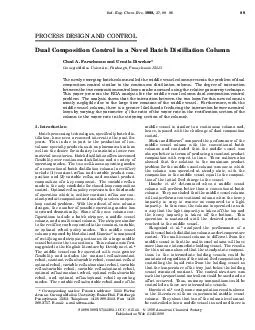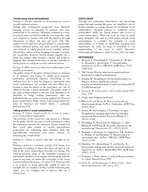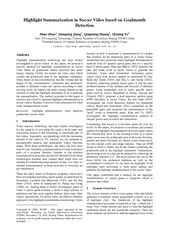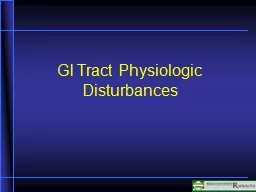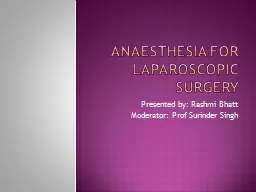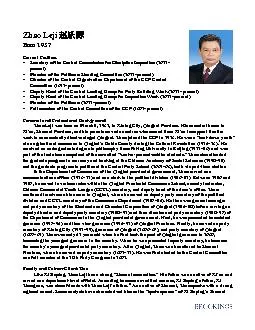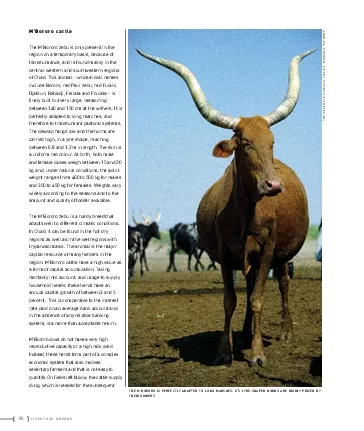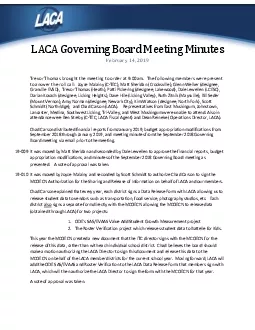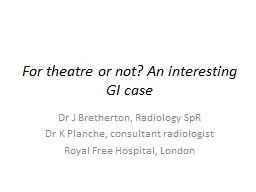PPT-Pneumoperitoneum Chad Zhao
Author : amber | Published Date : 2022-06-08
March 5 2021 RAD 4001 Clinical History 84 yo M w PMH stroke in 2009 hypertension hypothyroidism who presented to OSH on 126 for increasing confusion and lethargy
Presentation Embed Code
Download Presentation
Download Presentation The PPT/PDF document "Pneumoperitoneum Chad Zhao" is the property of its rightful owner. Permission is granted to download and print the materials on this website for personal, non-commercial use only, and to display it on your personal computer provided you do not modify the materials and that you retain all copyright notices contained in the materials. By downloading content from our website, you accept the terms of this agreement.
Pneumoperitoneum Chad Zhao: Transcript
Download Rules Of Document
"Pneumoperitoneum Chad Zhao"The content belongs to its owner. You may download and print it for personal use, without modification, and keep all copyright notices. By downloading, you agree to these terms.
Related Documents


